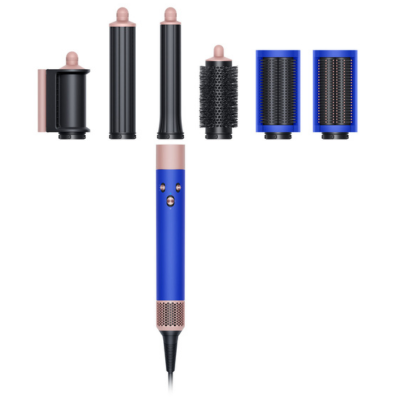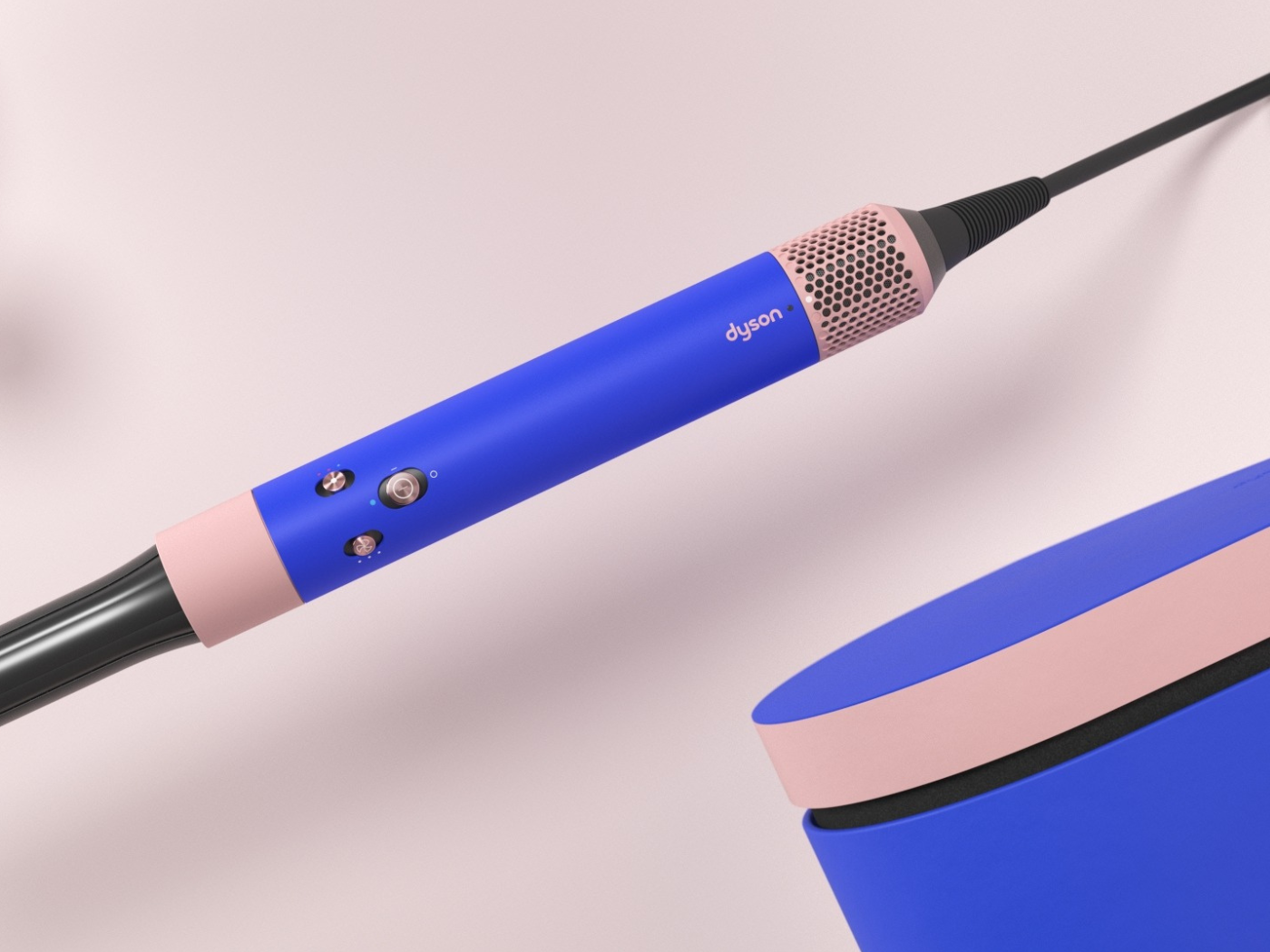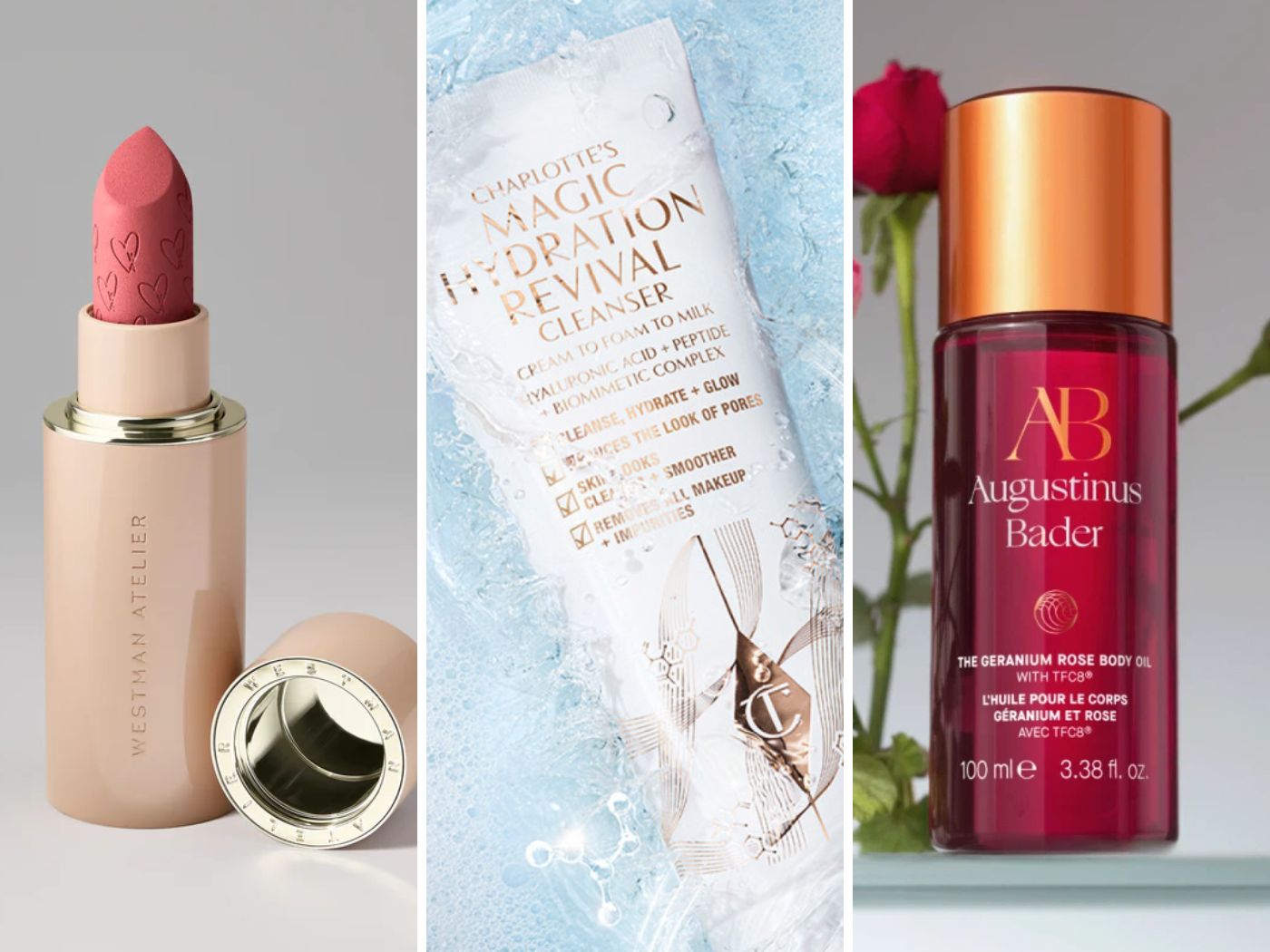In the beauty industry, Dyson is known as a market disruptor. The brand’s wildly popular Supersonic hairdryer and styling tools, including the best-selling Airwrap and Airstraight, have changed the way people approach hair care, offering versatile, efficient, and effective ways to style with minimal damage. But how did a self-described “humble vacuum brand” with no beauty industry experience become the leading hair care tool company in the world? In a word: engineering.
“Dyson knows that engineers matter,” says Kathleen Pierce, President, Dyson Beauty. “They invent, design, and build technology that make the world better.” To ensure research and innovation is always driving the brand’s product development, Dyson currently employs more than 6,000 engineers and scientists, they’ve invested half a billion dollars in labs and equipment, and they’ve put dollars toward securing a pipeline of future engineers, too.
“For decades, Sir James Dyson has tackled a systemic problem: the shortage of engineers. In 2002, he set up the James Dyson Foundation to encourage more young people to consider careers in engineering,” says Pierce, who adds that Dyson even has its own engineering school, The Dyson Institute of Engineering and Technology in Malmesbury, Wiltshire (UK).
So how does focusing on engineering elevate Dyson as a beauty brand—and translate to customer loyalty? Pierce, along with Maria Rodriguez, a Senior Engineer for Dyson, outline hallmarks of Dyson’s engineer-centric approach and why it’s good for consumers.
Rejecting Historical Frameworks
The engineers at Dyson are encouraged to look at things in the ‘wrong way’ and approach problems with a naïve intelligence that questions everything, says Pierce. “Our engineers strive to create technologies that are different than what has come before, often by turning a problem on its head,” she explains. “We really seek to understand the frustrations of our consumers, rather than simply churning out new products. If the product doesn’t solve a problem, we don’t create it.”
Case in point: the Dyson Supersonic hair dryer. “It’s faster and quieter than its predecessors, and it protects the natural health of hair—proof of that engineering approach,” says Pierce. “It is a radical redesign of a product that had been stuck in a time warp. Hair dryers were awful to handle and they damaged hair, yet people put up with them because there was nothing better.”
This outside-the-box approach to product development was also employed when engineers were conceiving and designing tools like the Airwrap, which uses a spinning vortex of air, rather than heat, to curl the hair—and the Airstraight, which opts for high velocity air flow, rather than hot plates, to enable wet-to-dry smoothing.
“We are a company led by engineers, like me, who are focused on creating sustainable new technologies to solve problems,” says Rodriguez. “Failure is also embraced and never discouraged. This gives us a lot of freedom to explore new concepts, we can go on a hunch or follow an established method.”

Following a Scientific Model of Development
“Dyson’s in-lab testing and development is informed by extensive trials with real people, all over the world,” says Pierce. “From concept inception trials with early prototypes right through to late-stage refinement trial, testing ensures our tools are engineered to deliver superior performance. In trials, engineers not only look at different hair types, but also different behaviors, skill levels and perceptions.”
As a result of this rigorous testing, Dyson has garnered a kind of fierce customer loyalty rarely seen in the hair care world. “Our research and exhaustive testing do instill confidence in Dyson hair care products,” says Pierce. “Consumers understand that anything we put out has been through thoughtful design and strenuous feats of engineering.”
One example of how these extensive trials helped spot and eliminate usage issues (and allowed engineers to make modifications) was during the creation of the Airstraight. “The development of the Dyson Airstraight marked the most user data we’ve ever collected from trials in hair care,” says Pierce. “From these trials, we learned that some found the airflow uncomfortable as it exited the machine. This led to the creation of diffusers in the machine, to direct air away from the user and spread out that heat so it was comfortable to use.”
Similarly, trials of the Airwrap identified a pain point for consumers when switching the Airwrap’s barrels, says Rodriguez. “When designing the barrels, engineers were working against several constraints, including air pressure resistance to the switching mechanism and the comfort levels of the user when switching the cool tip. To solve this problem, the cool tip was placed outside of the airflow path, so that, while the air may reach a certain temperature when the tool is in use, the temperature of the touch point is always comfortable for the consumer.”
Adapting and Innovating for the Future
Investing in a large team of engineers across the globe also means Dyson is able to nimbly and thoughtfully react when consumers say a product’s functioning could be better.
For instance, users of the original Airwrap suggested attachment options could be improved upon for longer hair and for textured hair. So, Dyson engineers set out to develop the new Large Round Volumizing Brush and the Diffuser.
“With the Large Round Volumizing Brush, there was a lot of trial and error to find the optimal balance between acoustics and thermals that made the tool effective and pleasant for a user with long hair to use,” says Rodriguez. “And when it came to the diffuser, our focus was to ensure no damp spots were left in the hair. Using fluid dynamics, we developed veins that ensured the airflow stayed evenly distributed without affecting performance.”
Having engineers—and testing—all over the world also enables engineers to take into account a diverse population and their unique considerations. “The development and updates of our hair tools are global projects spanning multiple countries,” says Pierce. “For example, the Dyson Technology Campus in Malmesbury may be the starting point for Dyson’s product development, but then engineers based in the UK work in partnership with engineering counterparts in Singapore, Malaysia, and the Philippines to facilitate an ongoing development cycle.”
Rodriguez concurs on the importance of Dyson’s global approach: “When we modify a tool based on user feedback, we explore whether a change would benefit everyone—or unintentionally introduce new problems? To mitigate this, we carry out user trials in different countries to learn how we can deliver a better experience for the greatest number of users.”
A point to note for companies looking to build loyalty: It’s best to invest in a brand’s distinguishing characteristic, as that will resonate best with consumers. For Dyson, that’s engineering, which is reiterated in the company’s mantra. In Rodriguez’ words: “Dyson is about engineering the best in performance and quality to solve problems.”




